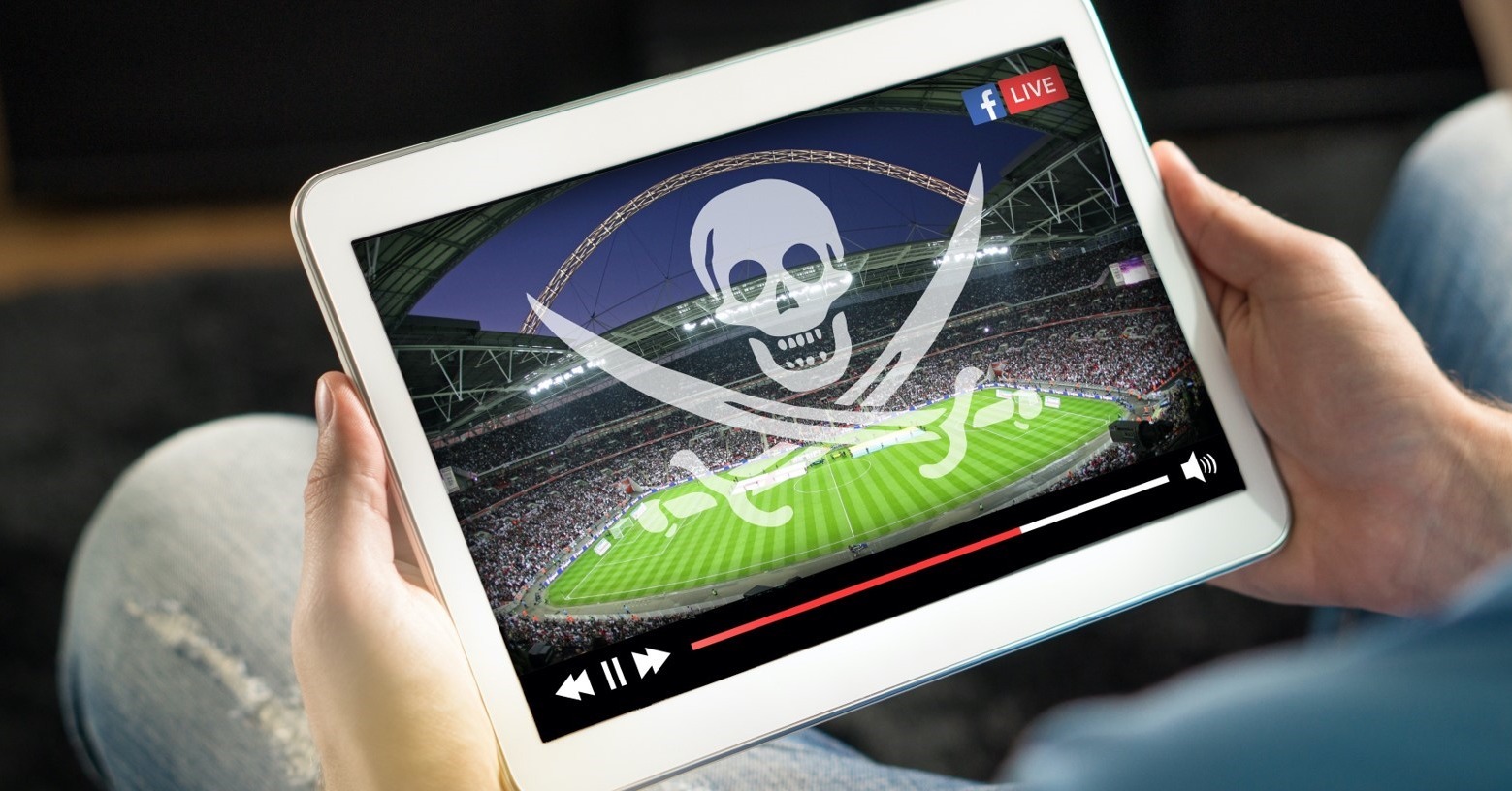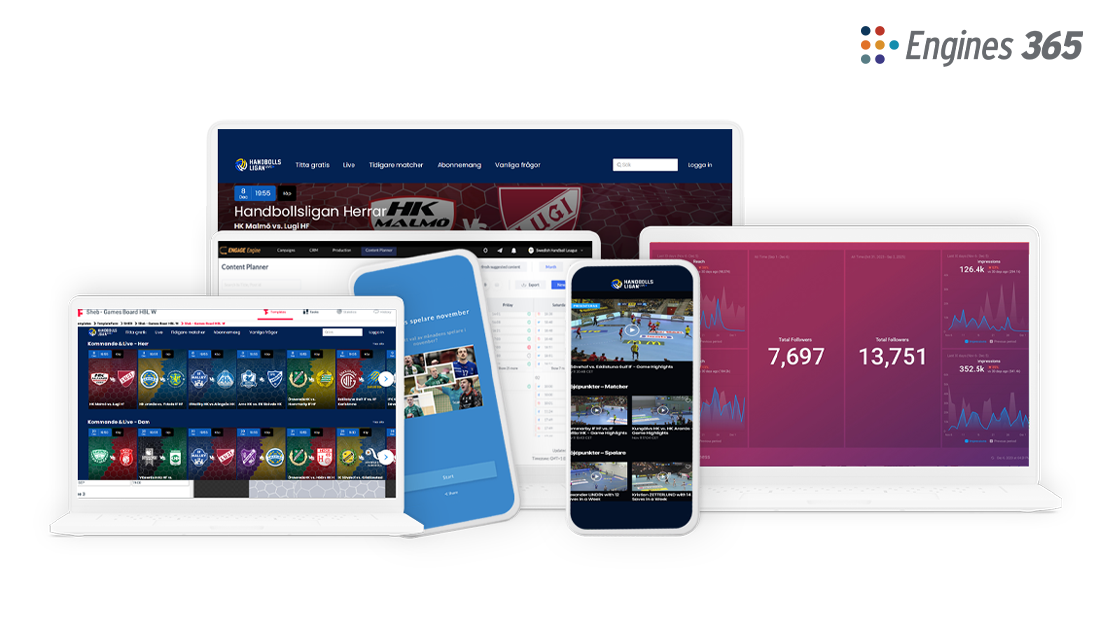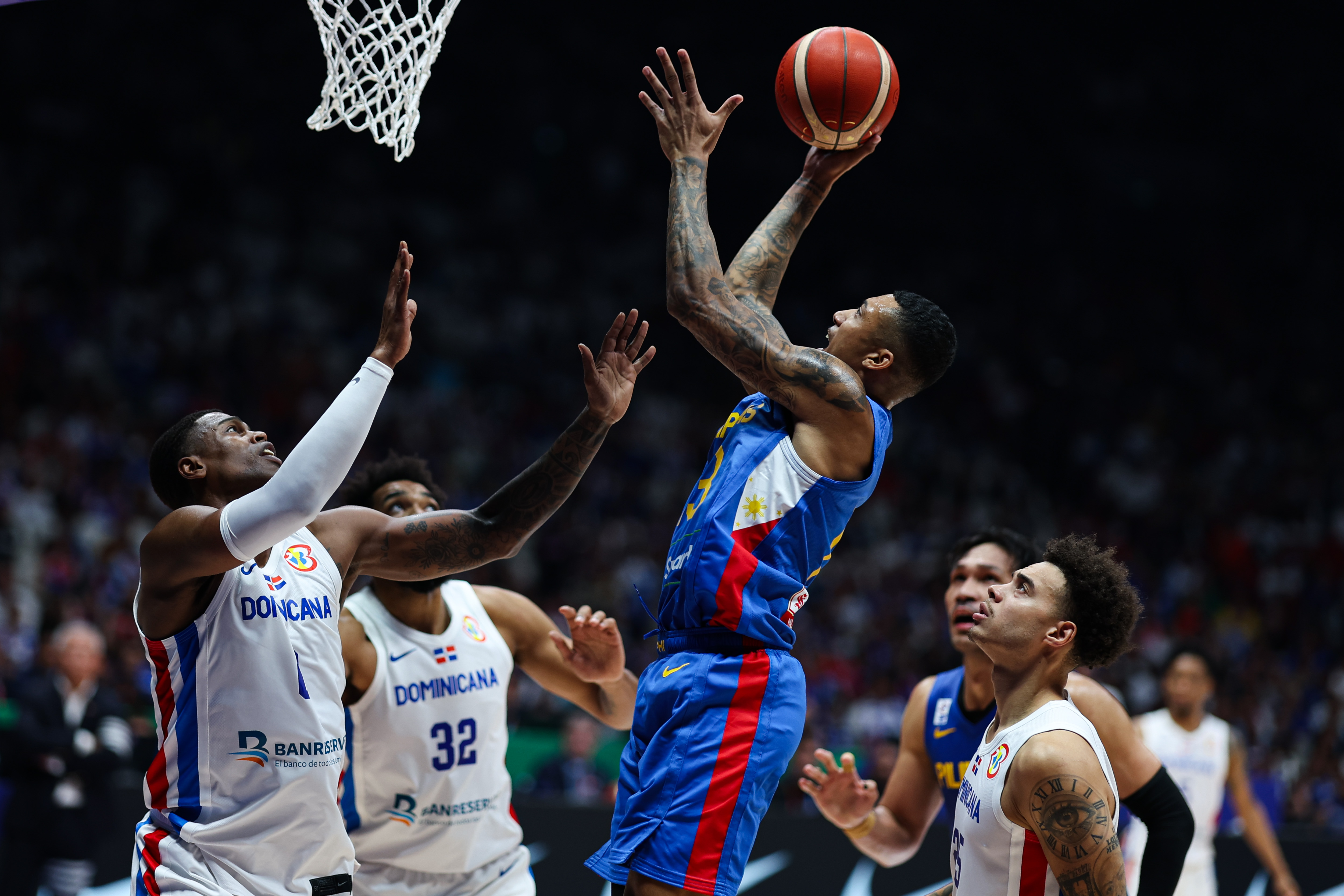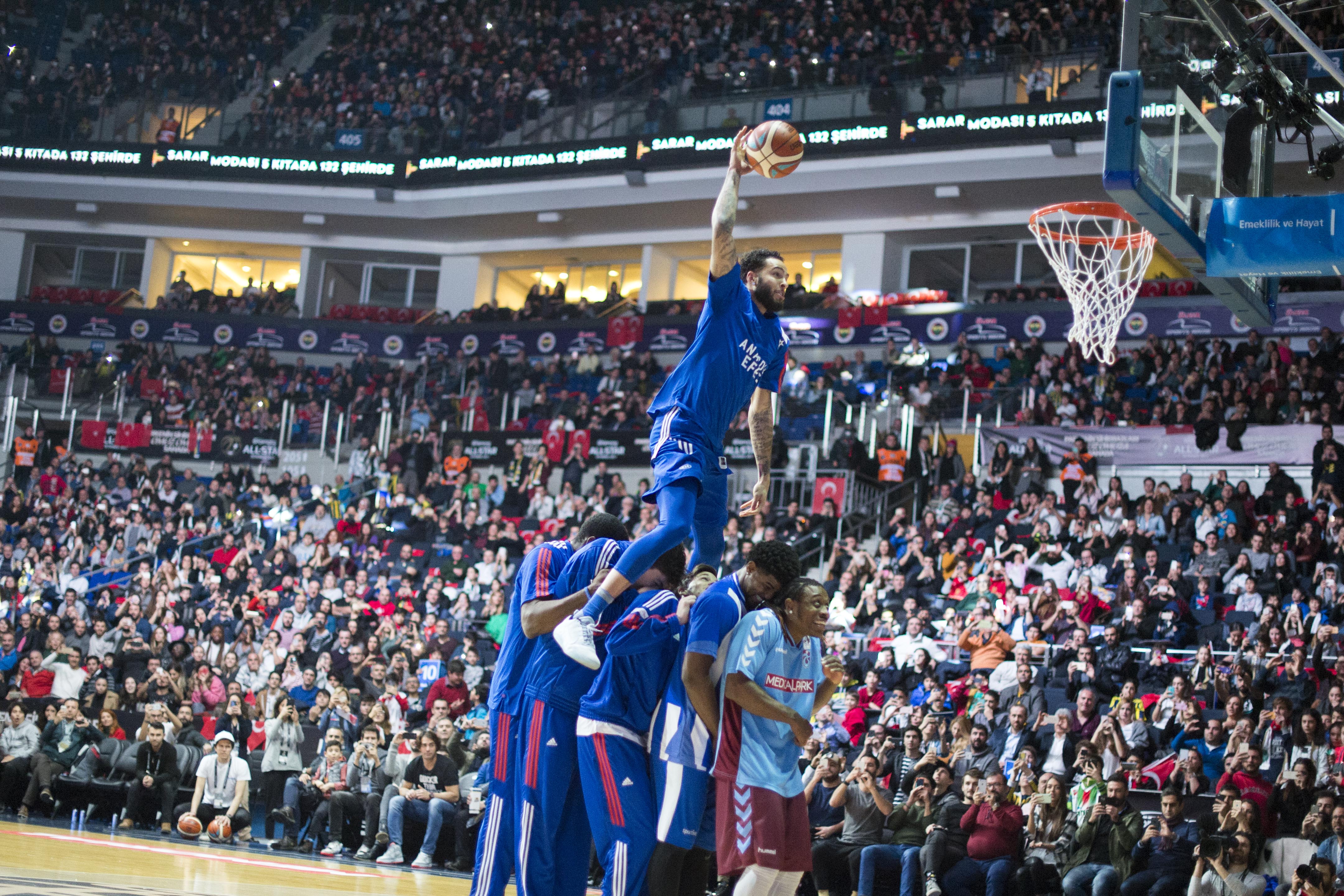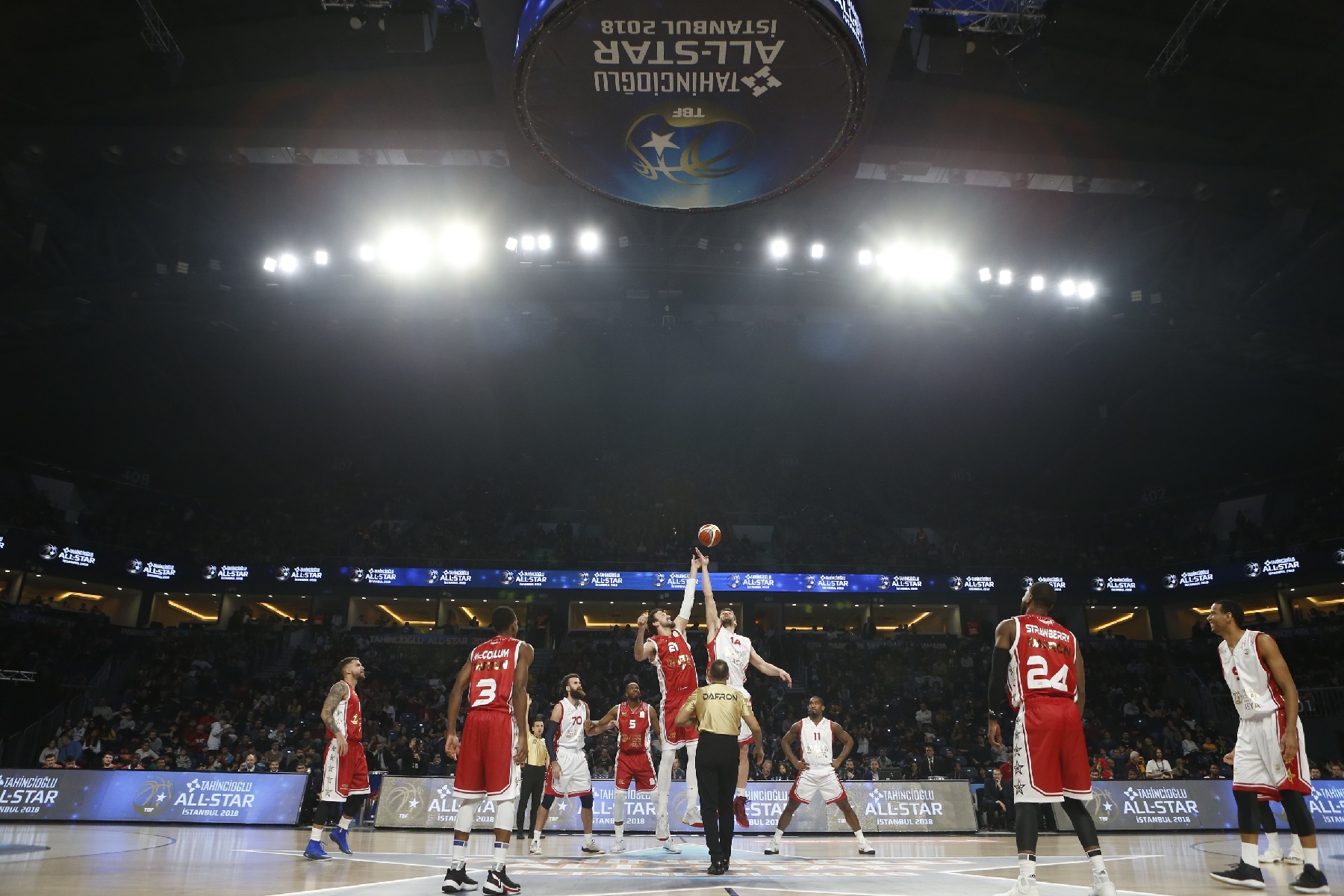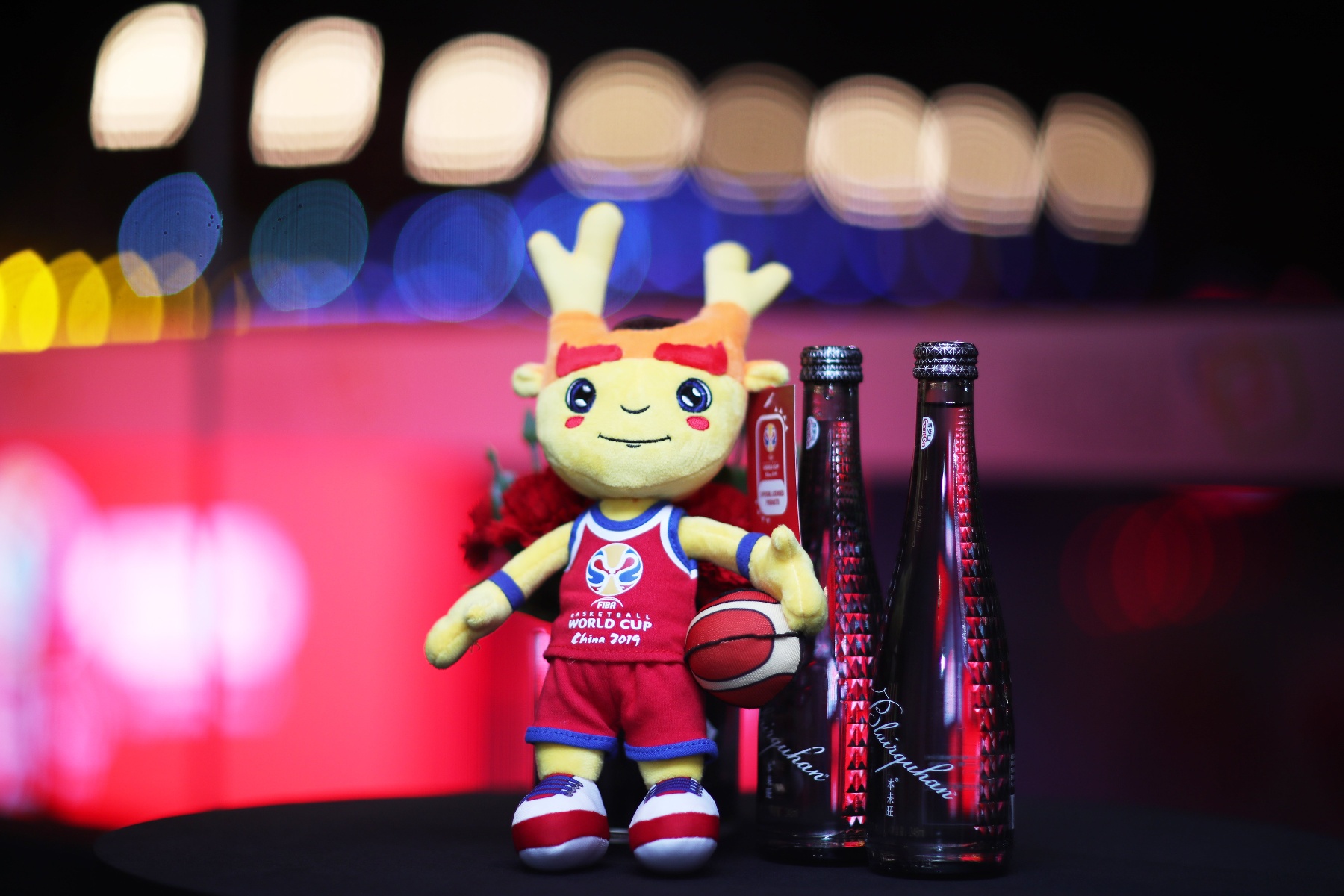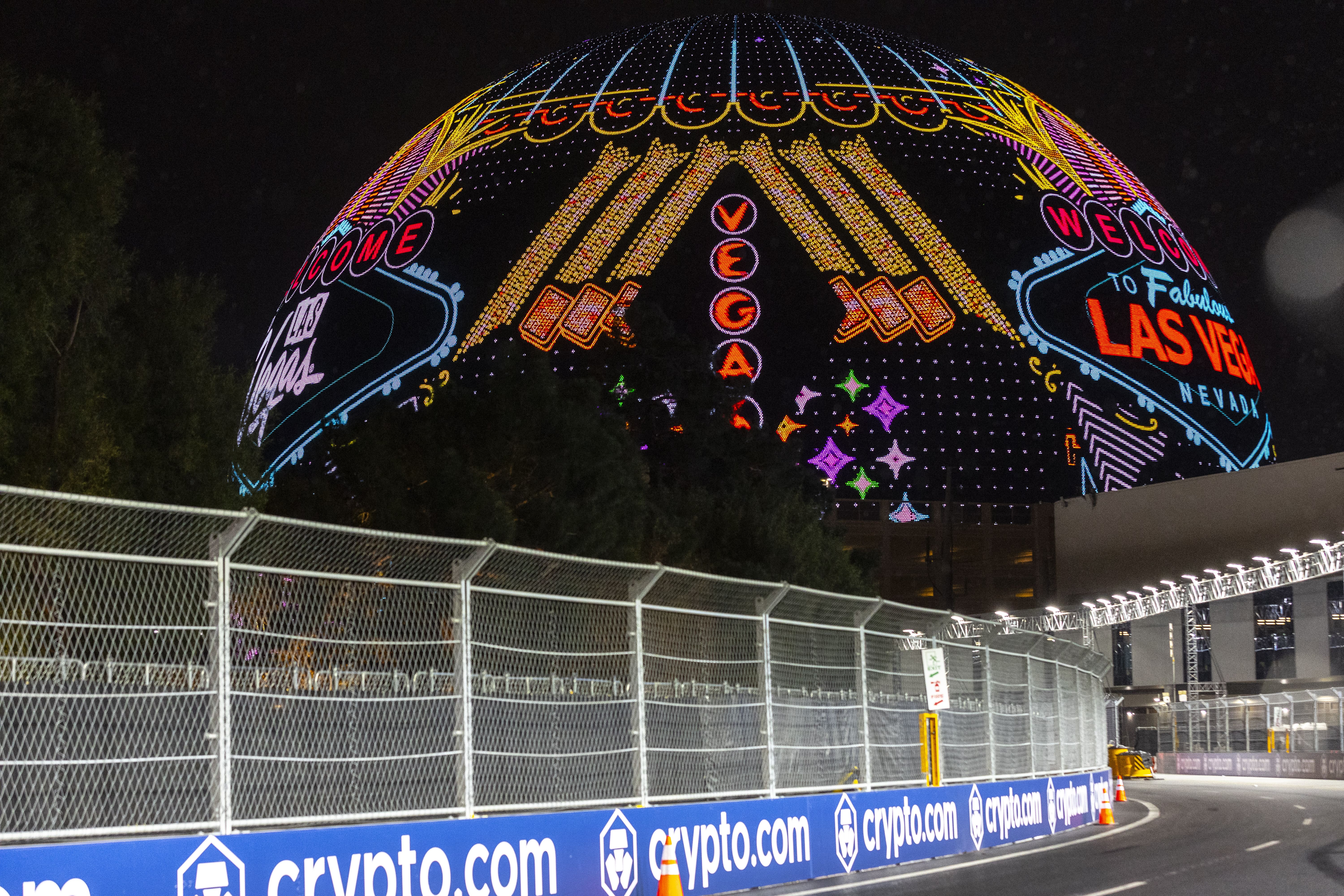Nothing but net: Basketball as a sponsorship opportunity
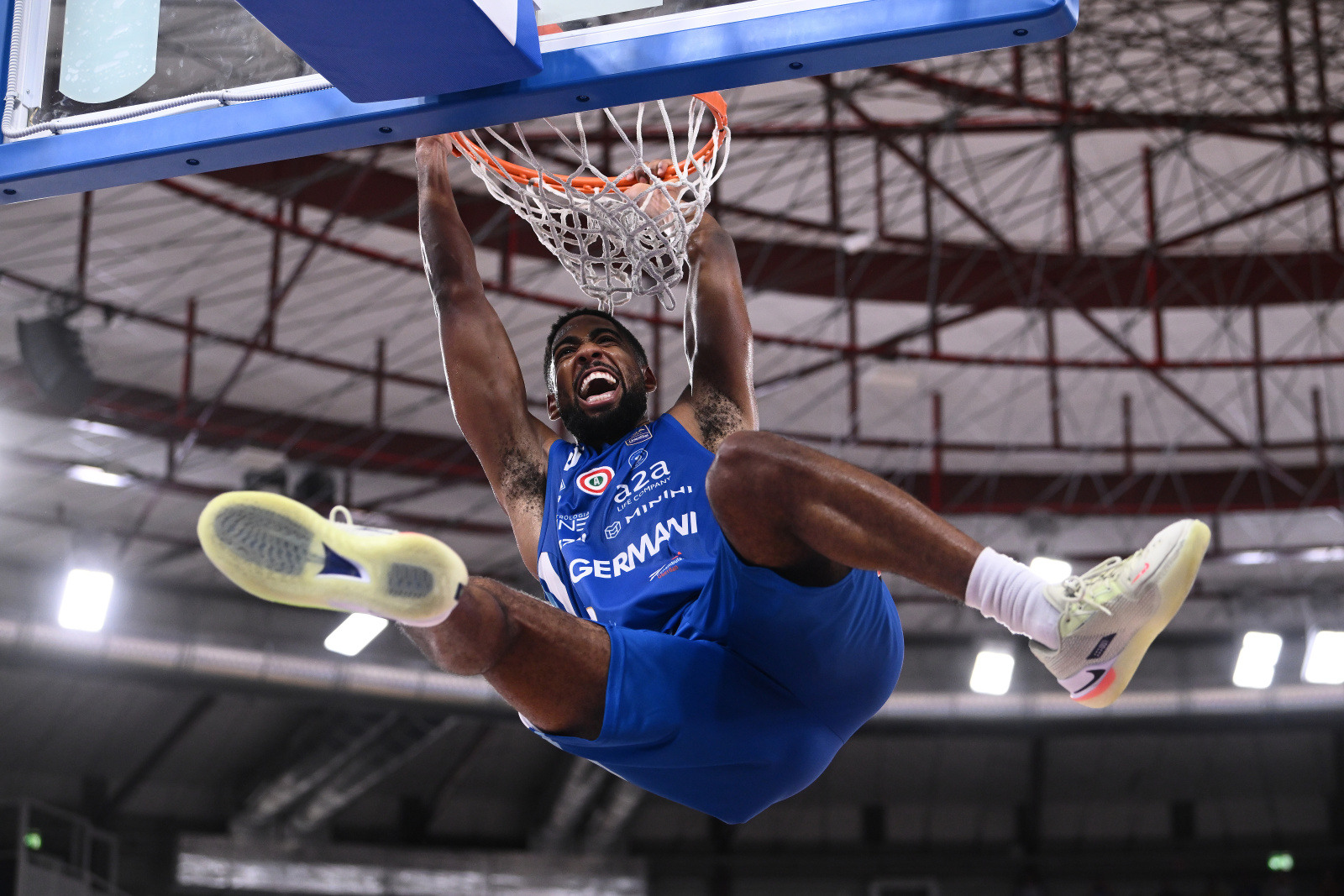
Powering Success for the FIBA Basketball World Cup 2023
Sponsors score slam-dunk through Turkish Basketball Super League
Three of basketball's best digital sponsorship activations
Raising the bar on the game-day experience in China
Unpacking the ROI of The Sphere vs. Sports Sponsorship
Shaquille O’Neal once said that him shooting 40% at the foul line was just God’s way of saying nobody’s perfect. Whilst Shaq may have had some weaknesses, he knew how to play to his strengths, like the best brands do in sports sponsorship. Finding exposure and engagement opportunities in sport is a powerful but difficult skill to hone. Some of the best options come from the basketball court. It continues to be a significant player in the sponsorship arena offering many opportunities for brands to tap into a passionate and diverse fan base.
Where basketball sits in the sponsorship landscape
The global sports sponsorship market has seen continued growth in recent years. In 2022, the market exceeded $73 billion USD, showcasing immense value and potential. This figure could double by 2030, underscoring the increasing importance of sports sponsorship to global brands.
Basketball enjoys a global following as one of the most popular sports worldwide. According to the Nielsen Fan Insights Report, it is the second most popular sport worldwide with a staggering 3.3 billion fans aged between 16 and 69 years. This accounts for 74% of the population in this age group. Its extensive reach provides sponsors with a vast audience to engage with spanning various cultures and regions.
Eyes on the prize – basketball’s media exposure
Basketball games attract massive global audiences, both in-person and through various media channels. The NBA is the biggest player in the game; the 2024 Finals averaging 11.3m domestic viewers on ABC with a peak audience of over 17m.
But the best options also offer broader territorial opportunities. The FIBA World Cup and EuroLeague both draw millions of viewers, offering sponsors significant exposure. The 2023 FIBA World Cup, for example, drew eyeballs both online and through traditional channels. With over 20bn social media impressions, 33m website visits and broadcast coverage across 190 countries, it was the most followed edition ever.
The 2022 FIBA Women’s World Cup also had a significant impact, with 1.1bn social media impressions and a record broadcast reach in many countries and solidifying the value has to brands further.
Approximately 13 million people in Germany (about 19% of the population) are interested in basketball. This interest has significantly risen in the past two years, especially among the young demographic aged 18-29, where interest reaches 23%. These enthusiastic fans represent a valuable target audience for brands and companies.
It's not all about LeBron and Curry finding regional stars
Basketball boasts iconic players who command massive attention and have lucrative endorsement deals. LeBron James, Stephen Curry, and Giannis Antetokounmpo are household names, elevating the sport and enhancing the visibility of the brands they endorse. They have a global fanbase and brand association can lead to increased recognition and credibility.
Yet opportunities with the world’s biggest stars are few and far between (and take a marketing budget far beyond only a select few brands). This is where local leagues and stars come in. The likes of Shane Larkin in Turkey, Rayjon Tucker in Italy and Luke Sikma in Germany bring a regional angle that can be highly valuable for brands looking to connect with local markets. These players not only excel in their leagues but also offer a direct link to passionate local fanbases, making them ideal ambassadors for both international and regional brands.
How can basketball solve brand’s youth engagement problem?
The top problem many brands speak to us about is how to reach the next generation of sports fans and, as a result, their customers. It’s the questions with a thousand answers and there is more than one way to engage them.
Basketball has held onto its role as a sport which resonates with the youth. It’s shrewd use of sub-culture, music and fashion has ensured it remains relevant despite being around for decades. The Nielsen Fan Insights Report reveals that basketball fans are younger than average, with a mean age of 39.2 years. Whilst that might not seem young, it’s the age when spending is high. This is especially the case when 65% of those fans are highly educated and have higher incomes compared to the general population. This is attractive to sponsors looking to connect with educated and affluent consumers. Furthermore, with four out of five people below the age of 30 interested in the sport it remains a young demographic.
German basketball fans are typically young, urban, and tech-savvy. They engage actively on social media and have a strong affinity for new technologies and trends. These demographic characteristics make them particularly appealing to businesses aiming to connect with a modern and forward-thinking customer base.
Basketball continues to be a golden opportunity for brands to leverage a globally appealing sport. It enjoys high viewership, star power and strong youth engagement. As the sponsorship market continues to grow, basketball remains a dynamic and influential platform for brands to connect with a passionate and diverse audience, driving visibility, engagement, and sales.
Whether it’s through high-profile partnerships or grassroots initiatives, the potential for brands to enjoy basketball sponsorship is as immense as Shaq (but not from the free-throw line).
Focus on: German basketball
German basketball currently boasts several achievements from both a sporting and commercial perspective. These successes include two German national teams qualifying for the Olympics, a first World Cup title, seven NBA players, and two German BBL teams competing in the Europa League. The sport’s growth is fuelled by various factors, including the 2023 partnership announcement between easyCredit BBL and DYN, which significantly increased overall reach and media value for the BBL and its partners. Notably, 40 games aired on German free TV, and DYN reached 5.0 million viewers via pay TV after a season, highlighting why basketball is becoming more interesting for brands and audiences.
In fact, the collaboration with DYN marked a milestone, expanding the German basketball fan base by reaching numerous households. Brands like SKECHERS and Mitsubishi recognised this, signing recent agreements to use the league to expand the reach of their brands. Both include extensive branding and activation rights, as well as digital visibility during BBL matches and cup competitions. These partnerships underscore international brands’ rising interest in German basketball.
Additionally, the successful partnership with Tipico demonstrates sustained attractiveness for the sport. Even before Germany’s national team won the 2023 European Championship title, Tipico had sought a multi-year partnership with easyCredit BBL, emphasizing the sport’s enduring appeal.
Focus on: Italian basketball
Italian basketball has demonstrated substantial economic influence through the organisation of the 2023/24 Serie A Basketball Championship. A study by StageUp estimates the event’s overall economic impact at €656.9 million, driven by both direct and indirect revenues. The Championship’s B2C effects, including ticket sales, merchandising, and streaming subscriptions, generated €189.4 million. Meanwhile, B2B contributions from sponsorships and broadcast rights added €95 million.
This financial boost underscores the sport’s growing appeal in Italy. Attendance has surged to levels not seen since the 1990s, thanks to increased competitiveness and improved game-day experiences in sports halls.
The Championship’s economic footprint extends far beyond the clubs, offering a multiplier effect on local economies through job creation and infrastructure improvements. As Giovanni Palazzi, President of StageUp, noted, Serie A has become a key economic and social driver for the country, amplifying both sporting success and economic returns.

